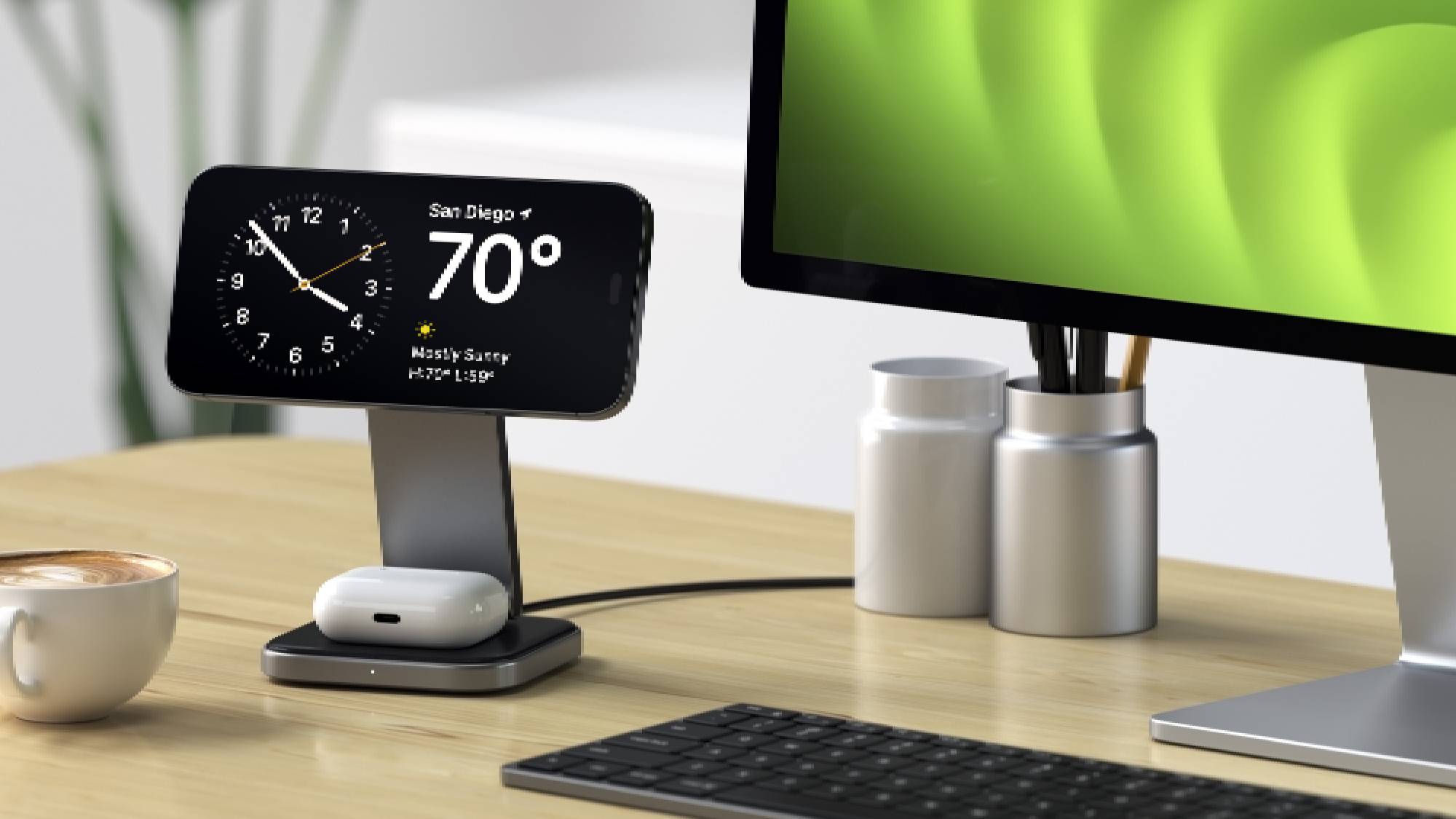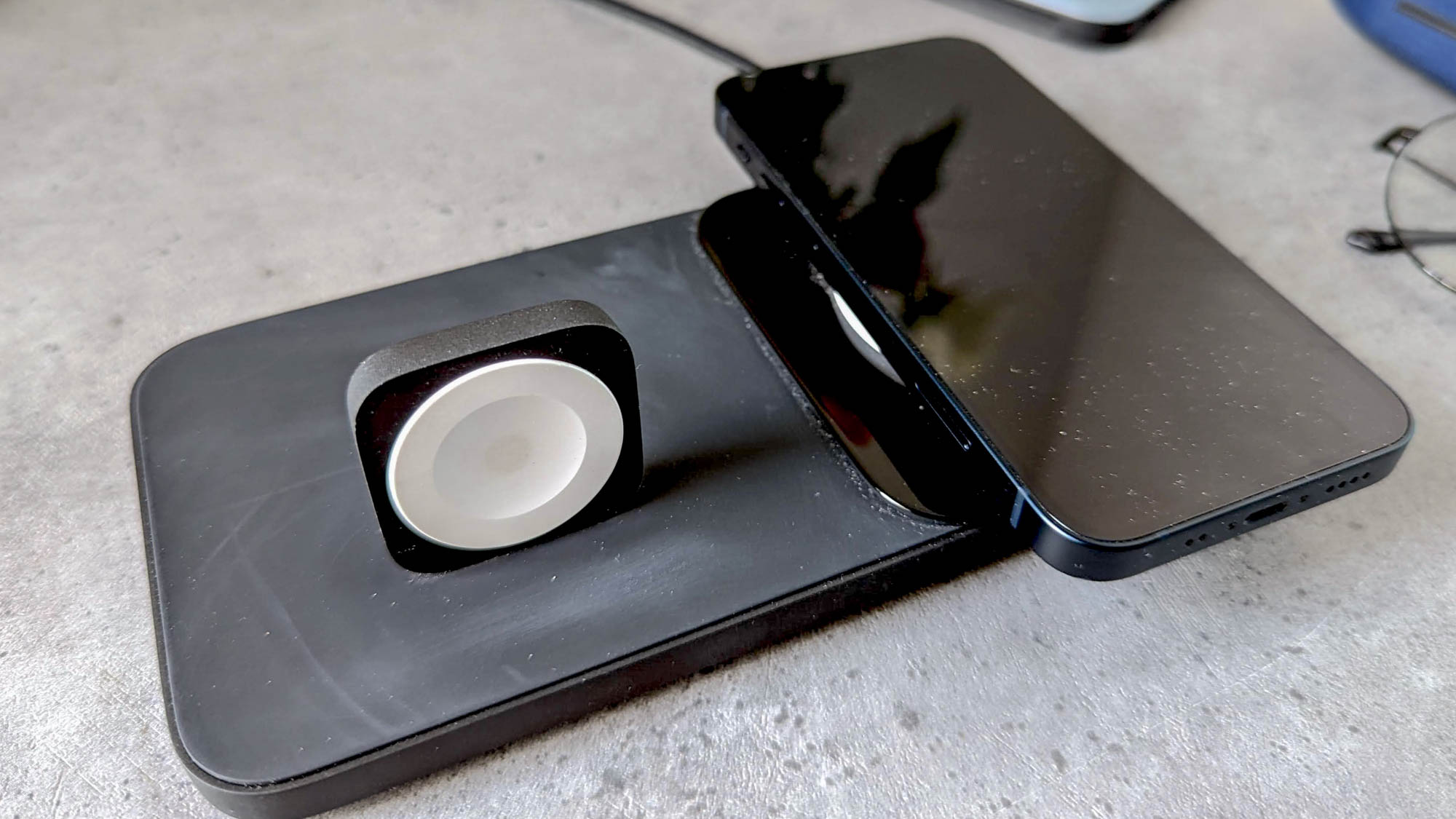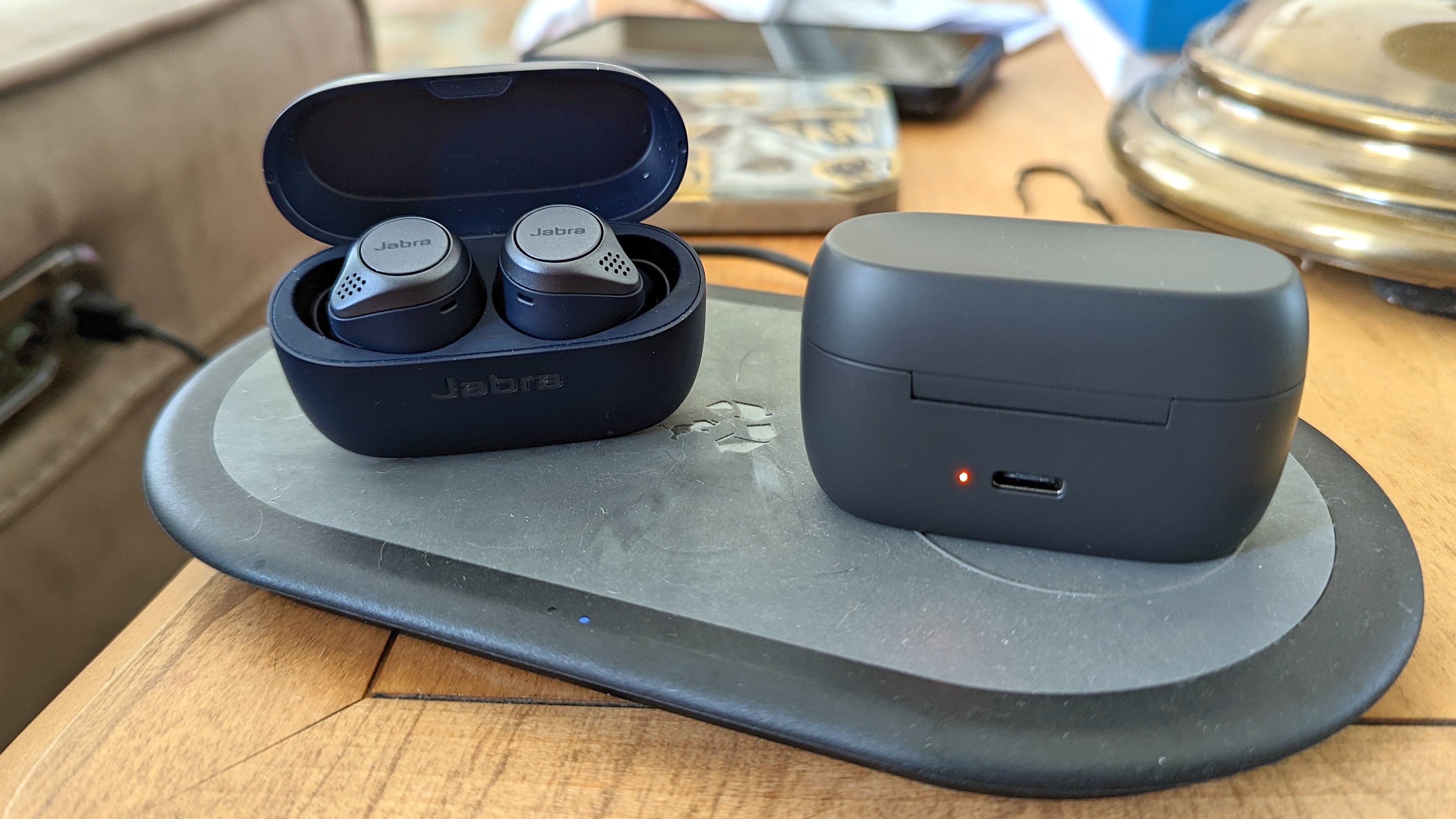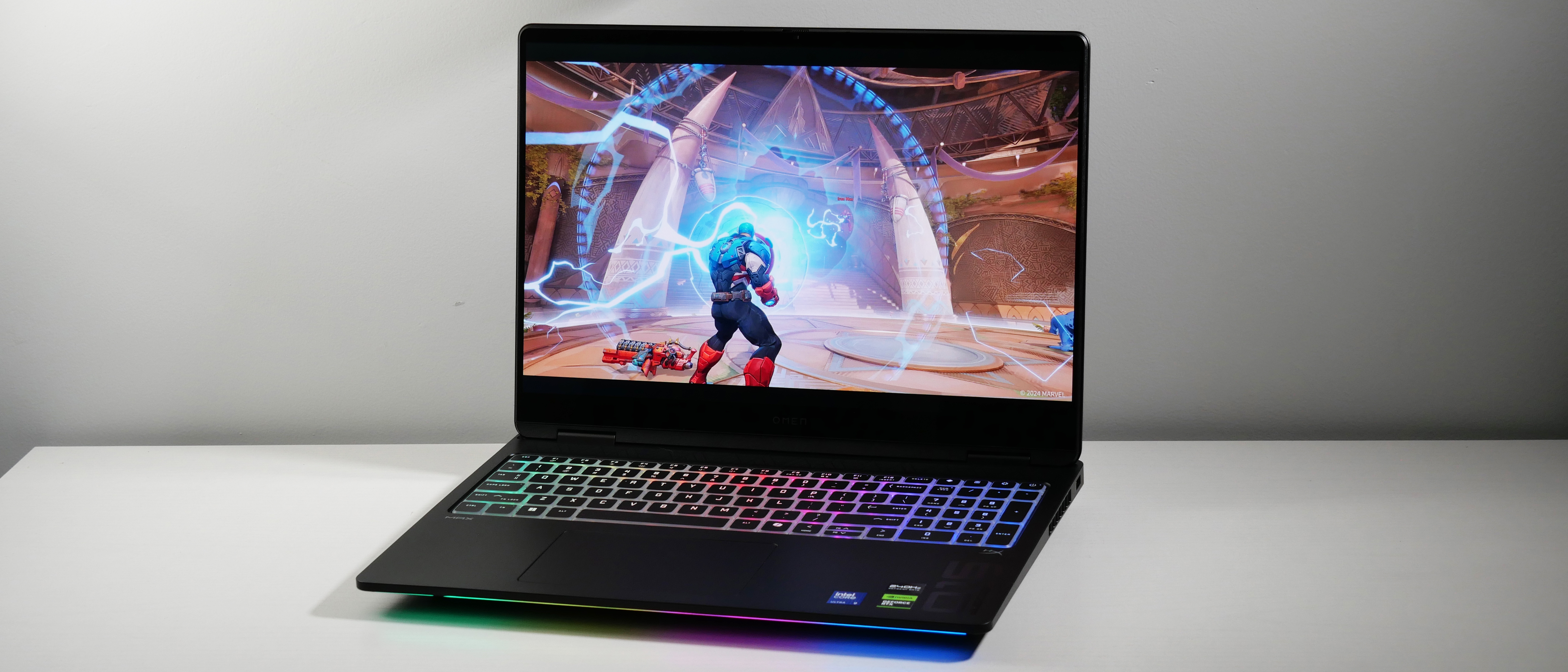Qi2 Wireless Charging: Everything you need to know
Is it worth upgrading to Qi2 charging devices?

Most people know Qi charging as being synonymous with "wireless charging." Until MagSafe rolled up for iPhones, Qi charging was the best wireless charging standard for all smartphones. The Wireless Power Consortium (WPC) recently announced that the latest Qi2 standard is on its way soon, and it'll be like MagSafe charging for all smartphones.
Apple's iPhone 15 lineup is the first to be Qi2 charging compatible, and many companies, including Satechi, are already releasing Qi2 wireless chargers for these smartphones ahead of or at CES 2024. With new Qi2 chargers on the way, and more phones ready to support Qi2 soon, here's everything you need to know about this improved wireless charging standard.
How is Qi2 better than Qi wireless charging?
In short, Qi2 (or Qi v2.0) products offer magnetic attachment, just like Apple's MagSafe chargers, faster charging, and higher efficiency. Plus, Qi2 chargers will be universally compatible with both iPhones and Android phones, as long as the phone itself supports Qi2 charging, of course.
According to the WPC, there are two profiles within the new Qi2 standard. The Magnetic Power Profile (MPP) is based on Apple's MagSafe technology, while the other profile doesn't include magnets and is instead an "enhancement to the existing wireless charging Extended Power Profile (EPP)."

For wireless chargers using the original Qi standard, power output was typically limited to 5W. With the new Qi2 standard, chargers can support much higher wattages of around 15W (like MagSafe supports now), translating to faster charge times, especially for modern devices with hefty battery capacities.
Qi2 chargers will be more efficient than first-gen Qi chargers. With a Qi charger, you have to place your phone where you think it should go, and sometimes the coils can be misaligned, which causes some charging energy to be lost as heat rather than going to your phone. Using magnets, Qi2 chargers will be able to perfectly align the coils in your phone with the induction coils in the charger.
A Qi2 charger is also more efficient thanks to its adaptive charging capabilities. Whereas Qi chargers can typically only deliver a fixed amount of power, Qi2 chargers can detect your device's recommended power consumption. This provides a more efficient charge that's also safer because there's lower risk for overheating.
Stay in the know with Laptop Mag
Get our in-depth reviews, helpful tips, great deals, and the biggest news stories delivered to your inbox.

Another huge perk of Qi2 over Qi is a wider compatibility range. With yesterday's Qi charging, mainly smartphones and a limited number of wearables were compatible. Today's Qi2 charging, however, will be able to deliver power to smartphones, more advanced wearables, IoT devices, tablets, and even laptops.
As CES 2024 is proving, we'll start seeing new Qi2 chargers and Qi2-supporting devices debut in 2024. Popular accessory brands like Anker, Belkin, Nomad, Mophie, Schosche, Satechi, and more are rolling out Qi2 chargers that'll make MagSafe-quality charging the universal norm, and not just an iPhone-exclusive perk.

Sarah Chaney is a freelance tech writer with five years of experience across multiple outlets, including Mashable, How-To Geek, MakeUseOf, Tom’s Guide, and of course, Laptop Mag. She loves reviewing the latest gadgets, from inventive robot vacuums to new laptops, wearables, and anything PC-related. When she's not writing, she's probably playing a video game, exploring the outdoors, or listening to her current favorite song or album on repeat.
